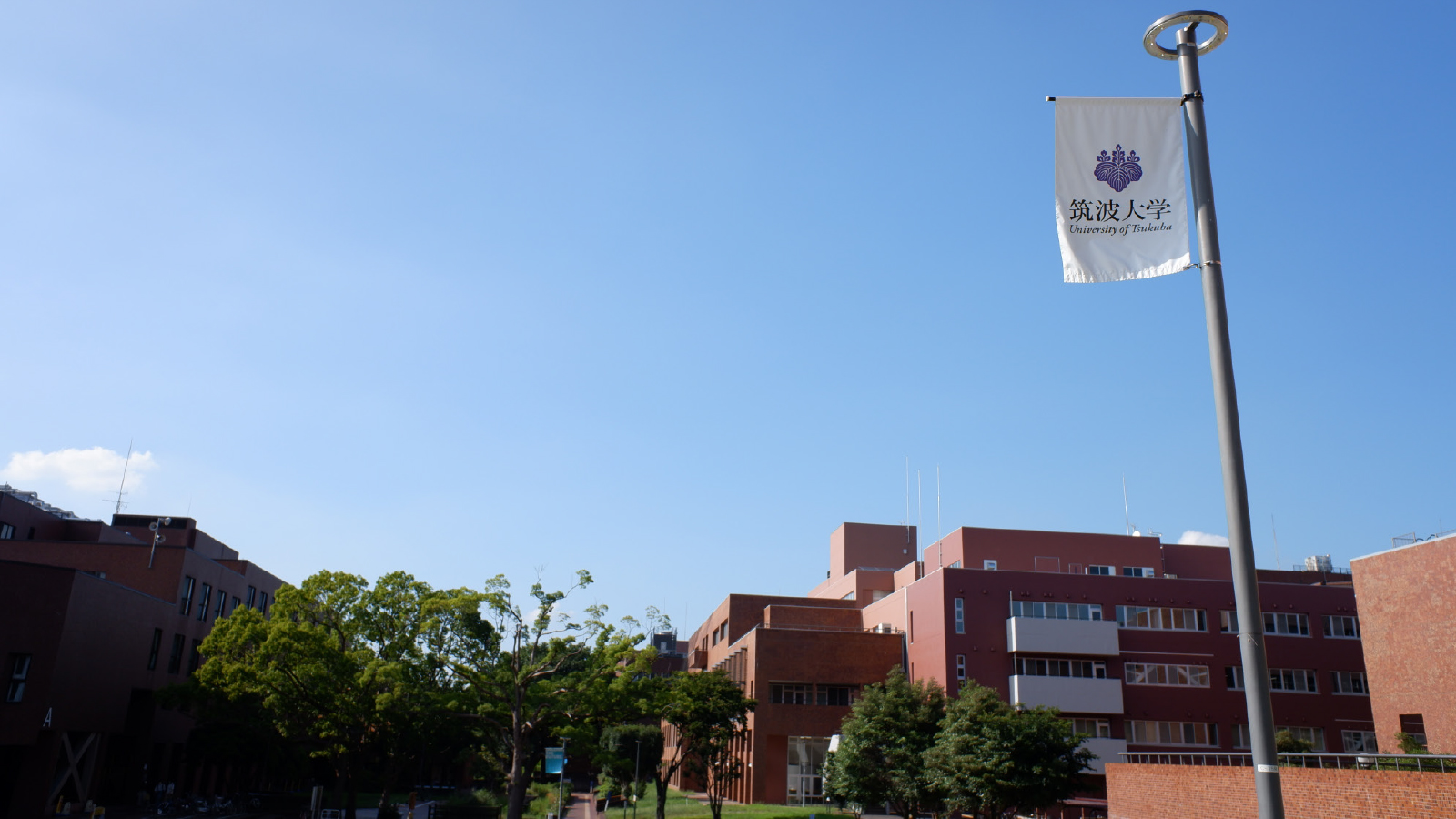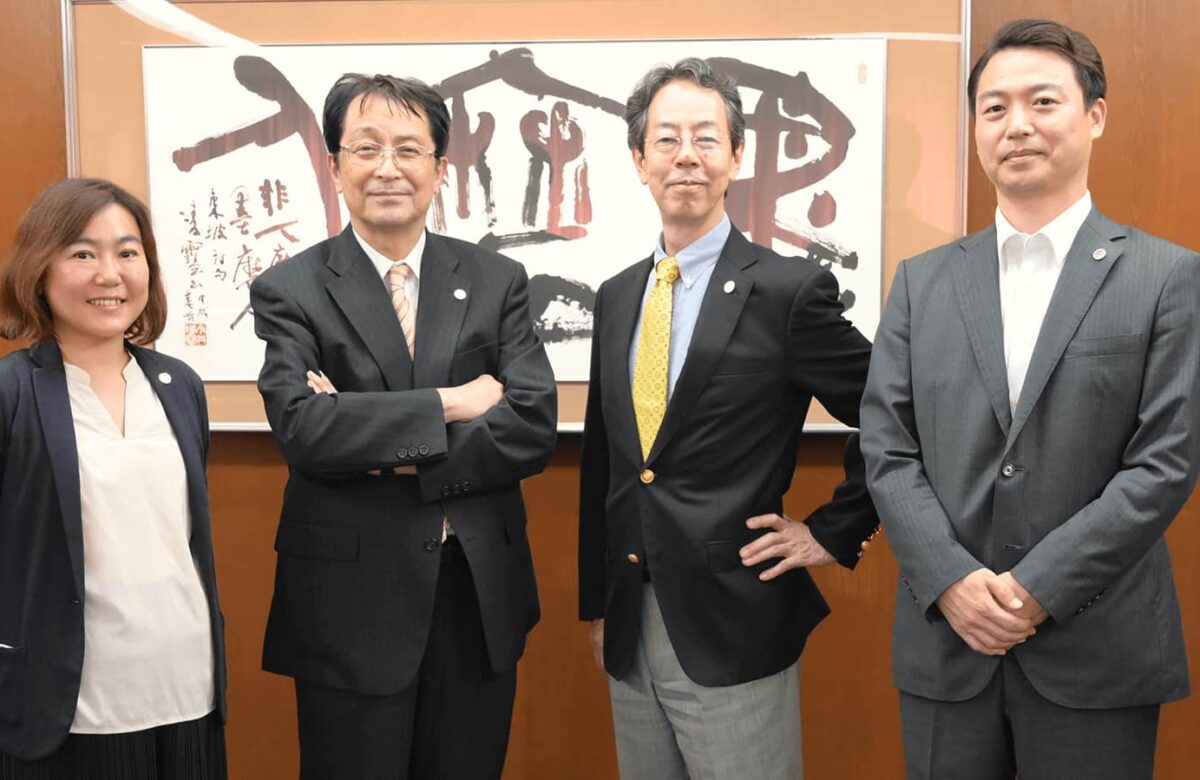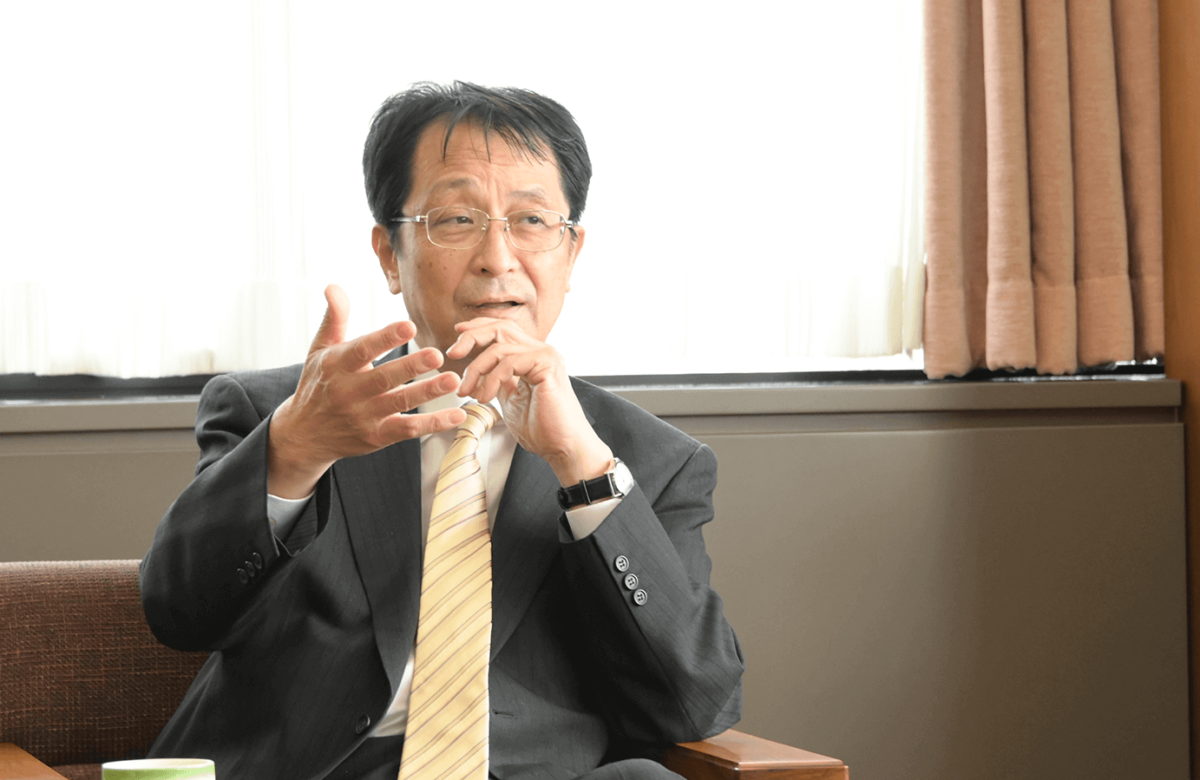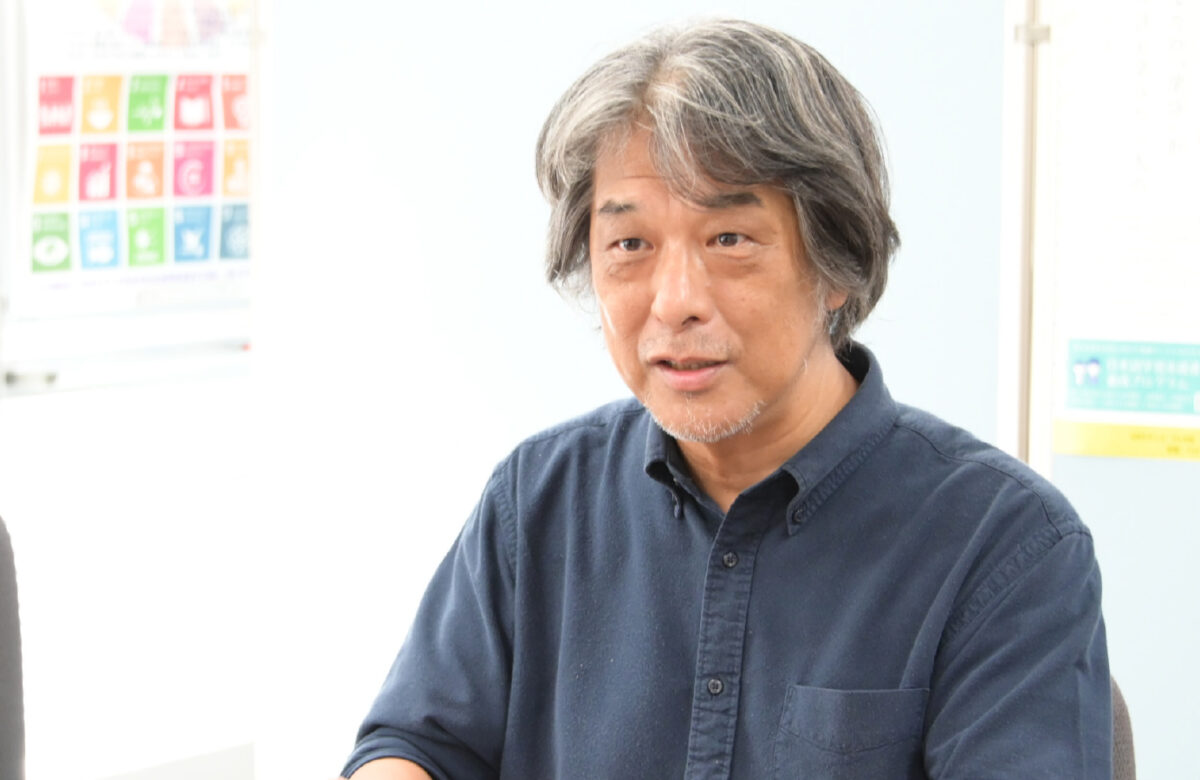The University of Tsukuba Looks to the Future
Makoto Yuasa shares his view on why the University of Tsukuba's publishing gateway is the need of the hour
- OpinionArticle
- February 1, 2021

In mid-April 2020, as the COVID-19 pandemic began to rage around the world, numerous papers on the virus began to appear. Academic papers typically do not make it to the front page of the newspapers unless they announce a major discovery, but scientific articles about this new coronavirus, which had to be tackled as swiftly as possible, were being published every day. Many of the news reports were questionable, filled with vague phrases like “it is possible” and “might be effective,” and too quick to assert that “X is effective against the coronavirus.” Researchers were among the first to pick up on this, sounding alarm bells about these articles on social networking sites. What prompted this phenomenon?
Typically, the first step in the publishing cycle is for researchers to submit their findings to a journal. After being vetted and deemed fit by the journal, the research paper moves toward publication, a process that can, on average, take between a few weeks to over six months. Waiting more than six months for these discoveries to be known is not an option if you want to curb a pandemic. Everyone wants their research results to be published as soon as possible, but no matter how hard you try, getting published in under a week’s time is a tall order if you follow the typical submission process.
As a result, there was a rush among researchers to get their papers published on preprint servers as soon as they were ready, rather than submitting them to journals. Many papers on the coronavirus from all over the world were being published on preprint servers. However, as these papers had not been peer-reviewed, their scientific credibility was uncertain. These articles were picked up by non-scientific media, many of which published dubious claims. Researchers pointed out the dangers of featuring articles not yet subject to peer review.
Then, in May, there came news about the University of Tsukuba in Japan introducing F1000 Research, an open research publishing gateway. This platform adopts a post-publication peer-review system that has evolved from preprints. It ensures that papers are published immediately and allows all readers and researchers to evaluate the scientific credibility through open review. What’s more, the authors can choose to publish in English or Japanese. A timely solution indeed!
But I had my reservations. How was a Japanese national university able to create this novel partnership? Of all the universities, why the University of Tsukuba? Why was it necessary to give researchers the option of publishing in Japanese or English? I felt I had to request an interview, so I contacted the university.
After the interview, I learned that this unique publishing gateway, which integrates F1000 Research, was a result of the management philosophy of Kyosuke Nagata, President of the University of Tsukuba, and because everyone in the executive committee shared the university’s philosophy and wanted to address the issues facing academic publishing.
I was initially under the impression that this project was initiated by Nagata, but I was way off the mark. It was the executive team that collected ideas from the grassroots, got into discussions with F1000 Research, reached agreements with various departments, and brought the project to the President’s attention for his approval. Nagata believes that a manager’s role is to support and encourage people who want to take on challenges. It made me wonder whether this philosophy is needed in today’s universities and corporate management. When you have leaders, who do not place doubts—“Would something like that really work?” “What if it fails?” “Who will take responsibility?”—but rather say, “Let’s try it. I’ll take responsibility,” everyone is charged up.
The University of Tsukuba’s new initiative is very interesting: it disrupts the typical distribution of academic data; it was not led by China but by a Japanese national university; and it added a Japanese language component to its previously entirely English-language publications. Furthermore, even if this movement does not change academic publishing, I hope this issue of Blank:a, which documents the beginning of something historic, will influence change.
We live in an age in which everything is becoming more open. I think this is a natural trend, but the academic publishing industry’s reform has been slow. However, with the coronavirus pandemic, the coming years may see different players emerging in the field of academic information distribution, including F1000 Research, universities, and research institutes. Given the cautious nature of Japan’s national universities, to see the University of Tsukuba boldly take on the risk of tackling something new is like a ray of light.
I look forward to seeing what changes lie ahead.
This article is a part of ScienceTalks Magazine issue Welcome to the New Era of Open Publication.




